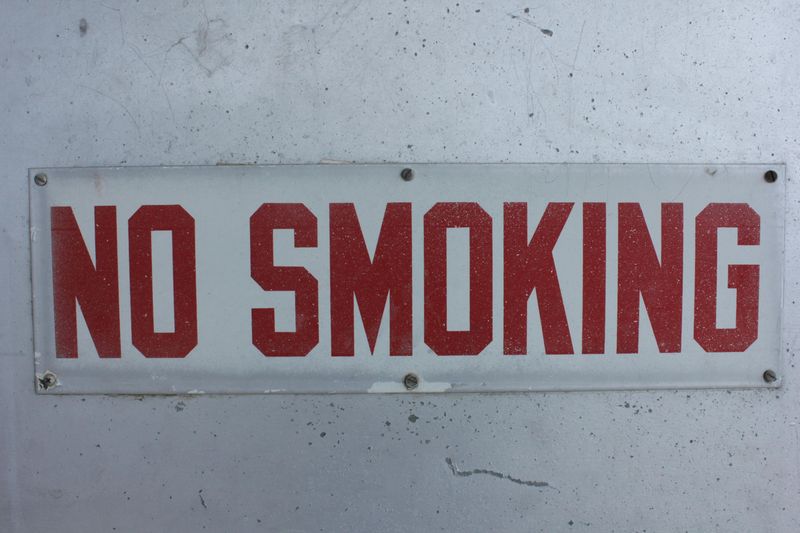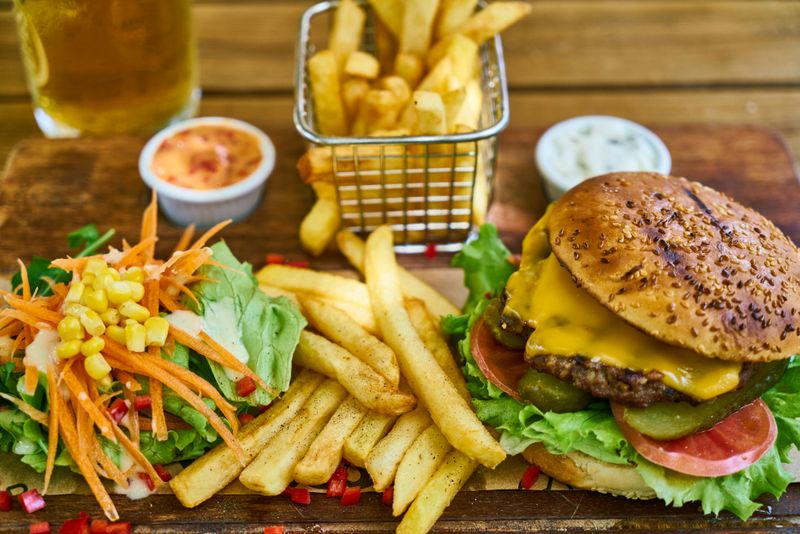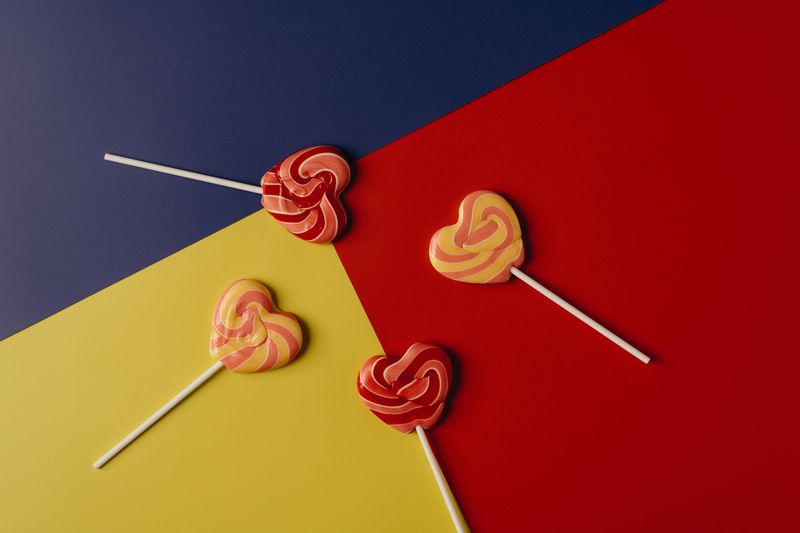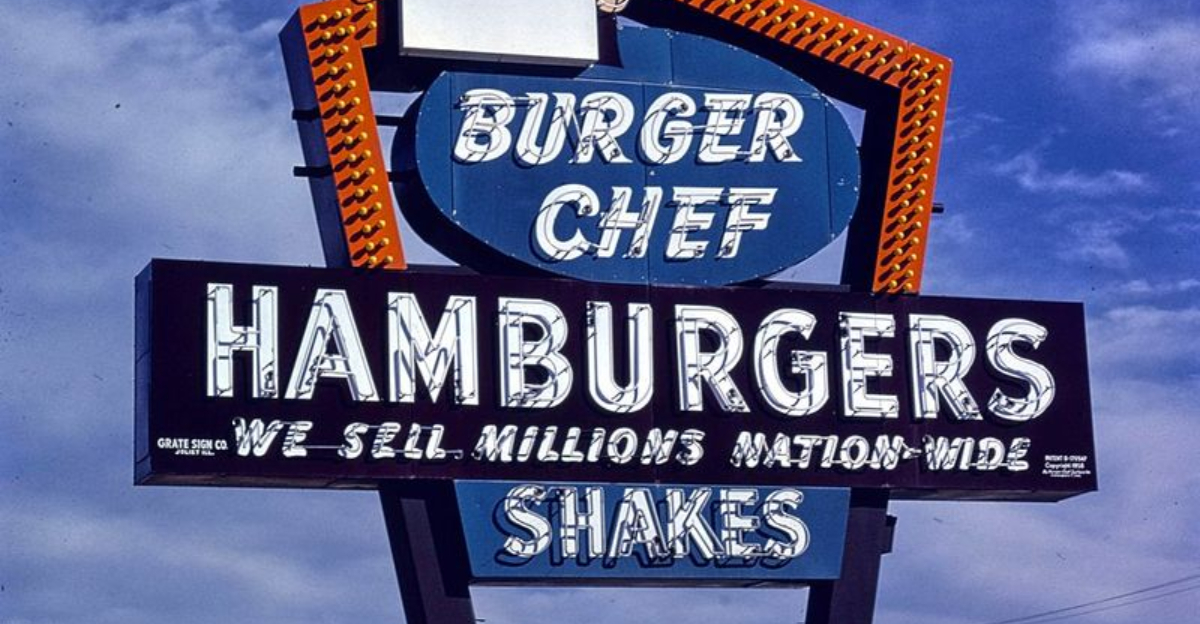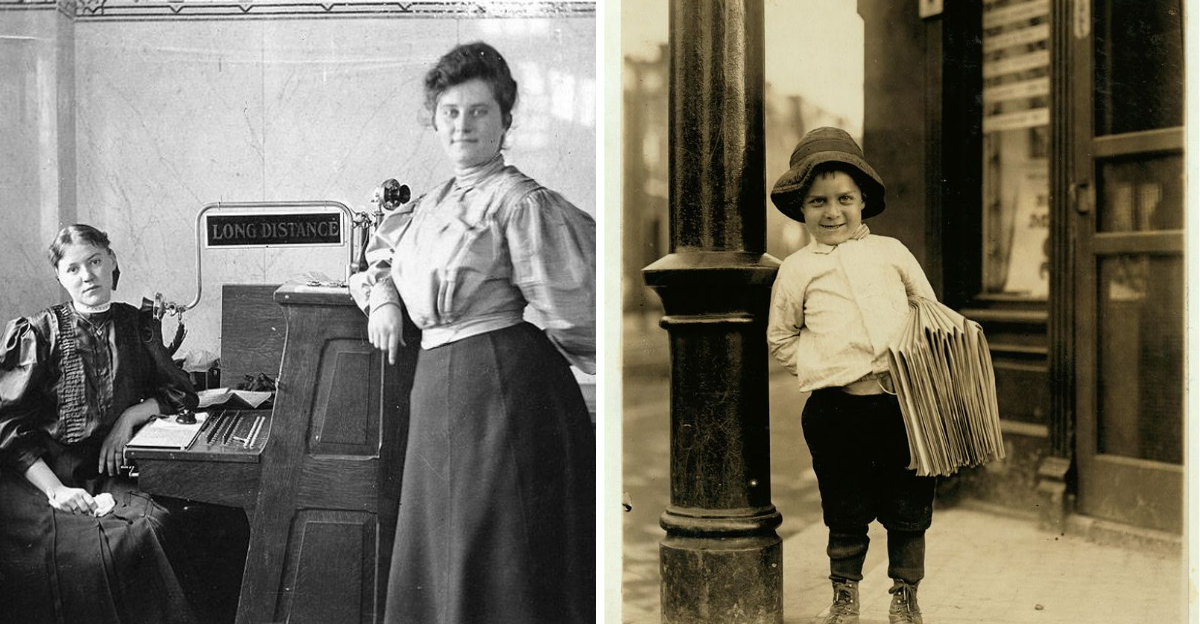14 Once-Common 1970s Habits And Products You Can’t Use Anymore
The 1970s gave us wild fashion, free-spirited living, and plenty of gadgets that felt futuristic at the time – but many of those once-common habits and products have vanished into nostalgia.
Some disappeared for safety reasons, others simply couldn’t keep up with changing times. Still, they left their mark on a generation that embraced disco lights, shag carpets, and convenience in every form.
From household items to cultural quirks, these relics remind us just how much the world has changed.
1. Asbestos in Building Materials
Your school probably had it in the ceiling tiles, and your house might have been insulated with it. Nobody worried much about those fluffy white fibers floating around during construction projects.
Scientists later discovered that breathing asbestos causes serious lung diseases and cancer.
Now it’s heavily regulated and requires special removal teams wearing protective gear like they’re exploring outer space!
2. Lead-Based Paint
Bright, beautiful colors covered the walls of almost every home, thanks to lead making paint extra durable and vibrant.
Parents thought nothing of letting toddlers play near freshly painted walls or chew on windowsills.
When researchers linked lead exposure to brain damage in children, everything changed. Today, painting over or removing old lead paint requires serious precautions and professional help.
3. Leaded Gasoline
Every gas station pumped fuel with lead additives that made engines run smoother and prevented knocking sounds.
Exhaust fumes filled city streets with a distinctive smell that everyone just accepted as normal.
Scientists discovered lead was poisoning the air and harming children’s development. The phase-out began in the 1970s, and by 1996, leaded gas was completely banned for road vehicles in America.
4. Indoor Smoking in Public Places
Cigarette smoke swirled through restaurants, airplanes, hospitals, and even grocery stores without anyone complaining.
Ashtrays sat on every table, and non-smokers simply dealt with stinging eyes and smoky clothes.
As evidence mounted about secondhand smoke dangers, cities started banning indoor smoking. Now you’ll get kicked out faster than you can say “Marlboro” if you light up inside most public buildings!
5. Cigarette Advertising on TV
Smooth-talking cowboys and glamorous actors made smoking look cool during prime-time television shows.
Kids watched these commercials between cartoons, with tobacco companies spending millions to make their brands seem sophisticated and fun.
Congress banned cigarette ads from TV and radio in 1971 after health concerns reached a tipping point. Nowadays, tobacco advertising faces strict regulations across all media platforms.
6. Lawn Darts (Jarts)

Families tossed these weighted, sharp-tipped projectiles across their yards during summer barbecues, aiming for plastic rings on the ground.
After thousands of injuries and several tragic deaths, the Consumer Product Safety Commission banned lawn darts in 1988. Those innocent-looking game pieces turned out to be seriously dangerous weapons!
7. Cyclamates (Artificial Sweetener)
Dieters loved this zero-calorie sweetener that made everything from soda to desserts taste sugary without the guilt.
It was 30 times sweeter than regular sugar and showed up in tons of diet products throughout the 1960s.
Studies in 1969 suggested cyclamates might cause cancer in lab rats, leading to a swift FDA ban. While many countries have since reconsidered, the United States still keeps cyclamates off the shelves.
8. Mercury Thermometers
That shiny silver liquid inside glass thermometers was actually toxic mercury, and nearly every medicine cabinet had one.
When thermometers broke, kids sometimes played with the fascinating rolling droplets before parents swept them up.
Health officials realized mercury exposure causes neurological damage, especially in children.
Digital thermometers have replaced these vintage devices, and many states now ban mercury thermometer sales entirely.
9. Trans Fats in Foods
Partially hydrogenated oils made cookies crispier, french fries tastier, and gave packaged foods incredibly long shelf lives.
Food manufacturers loved this cheap ingredient that kept products fresh for months without refrigeration.
Research revealed trans fats clog arteries and dramatically increase heart disease risk. Starting in 2018, the FDA banned artificial trans fats from the American food supply, making them officially history.
10. Lack of Child Car Seat Laws
Babies rode in their mothers’ laps, and toddlers bounced freely around the back seat during family road trips.
Some parents had those metal hook-on seats that offered zero crash protection but kept kids somewhat contained.
As car accident data revealed horrifying child injury rates, states began requiring proper car seats.
Tennessee passed the first law in 1978, and now all 50 states mandate age-appropriate restraints for young passengers.
11. Lax Seatbelt Laws
Most cars had seatbelts by the 1970s, but wearing them was totally optional and considered kind of nerdy. People thought belts were uncomfortable and unnecessary for short trips around town.
After countless studies proved seatbelts save lives, states started passing mandatory use laws. New York became the first state to require seatbelt use in 1984, and now all states have some form of seatbelt legislation.
12. Drunk Driving with Weak Enforcement
Police officers sometimes just told tipsy drivers to “be careful” and sent them on their way home. The legal blood alcohol limit was much higher, and DUI arrests were relatively rare compared to today’s standards.
Organizations like MADD pushed for stricter laws after tragic accidents made headlines. Now, drunk driving carries serious penalties including license suspension, heavy fines, and possible jail time in every state.
13. DDT and Other Banned Pesticides
Farmers sprayed this “miracle” pesticide on crops while kids played nearby, and trucks fogged neighborhoods with DDT to control mosquitoes.
Rachel Carson’s book “Silent Spring” exposed how DDT was devastating bird populations and accumulating in the food chain. The EPA banned DDT in 1972, marking a major victory for environmental protection.
14. Red Dye No. 2
This bright coloring agent made candies, drinks, and desserts pop with vibrant red hues that kids couldn’t resist. From cherry popsicles to strawberry ice cream, Red Dye No. 2 was everywhere in the grocery store.
Soviet studies suggested the dye might cause cancer, prompting the FDA to ban it in 1976. Food companies quickly switched to other red dyes, though the original cancer link remains scientifically debated today.




